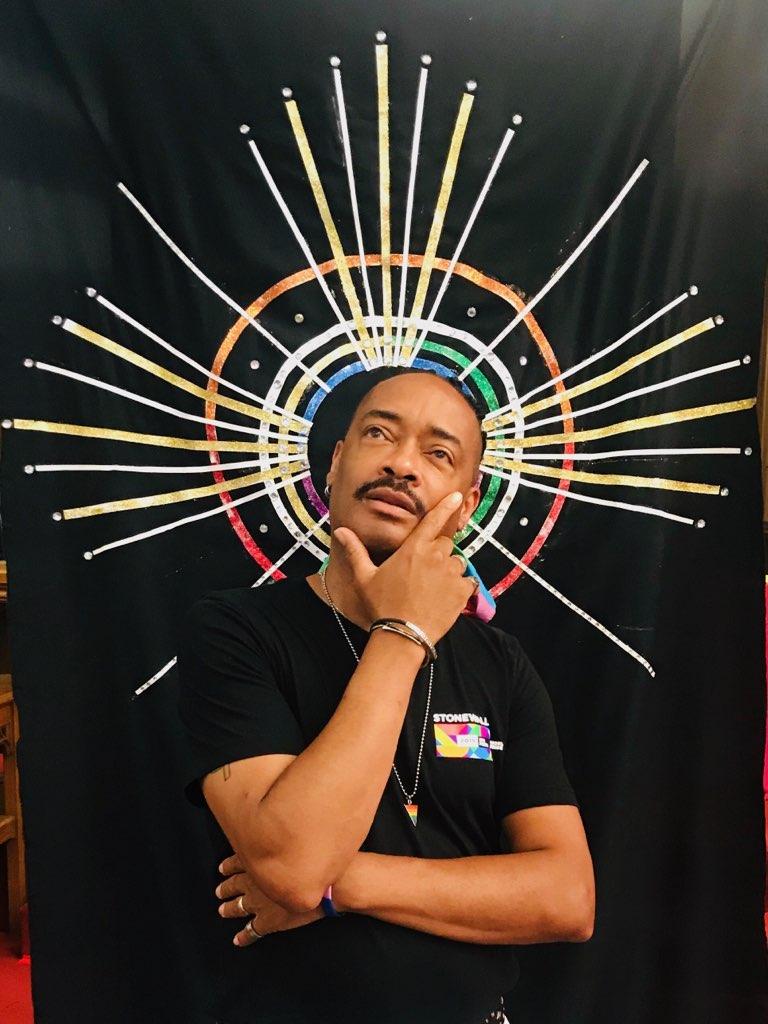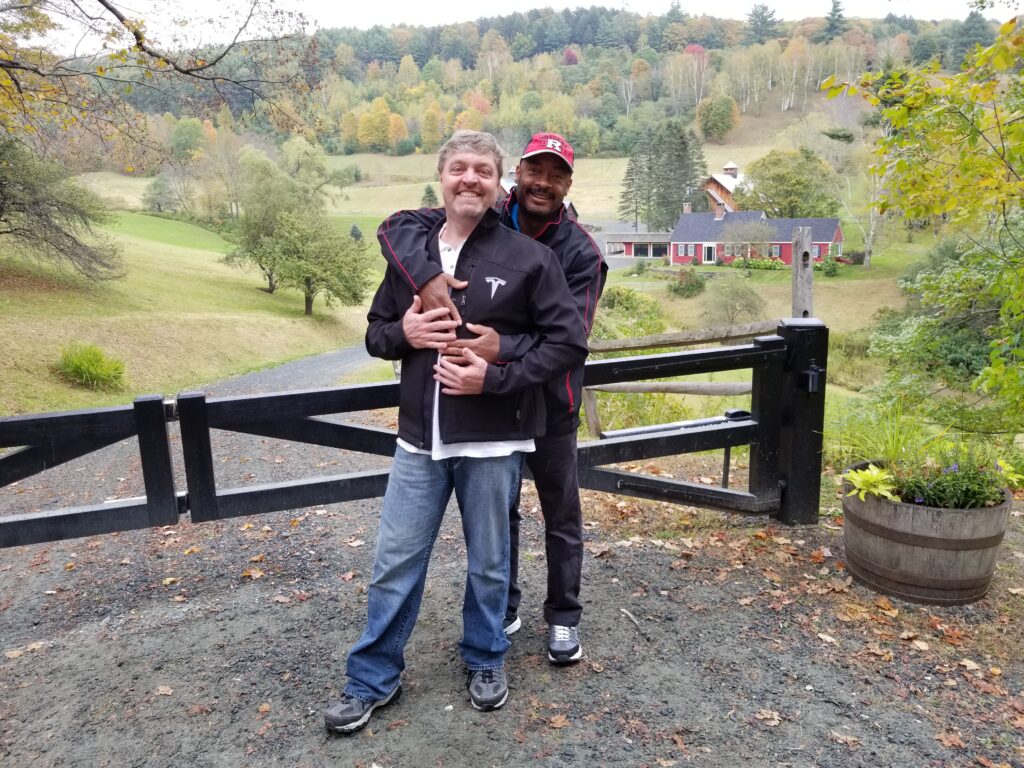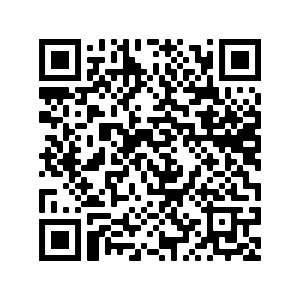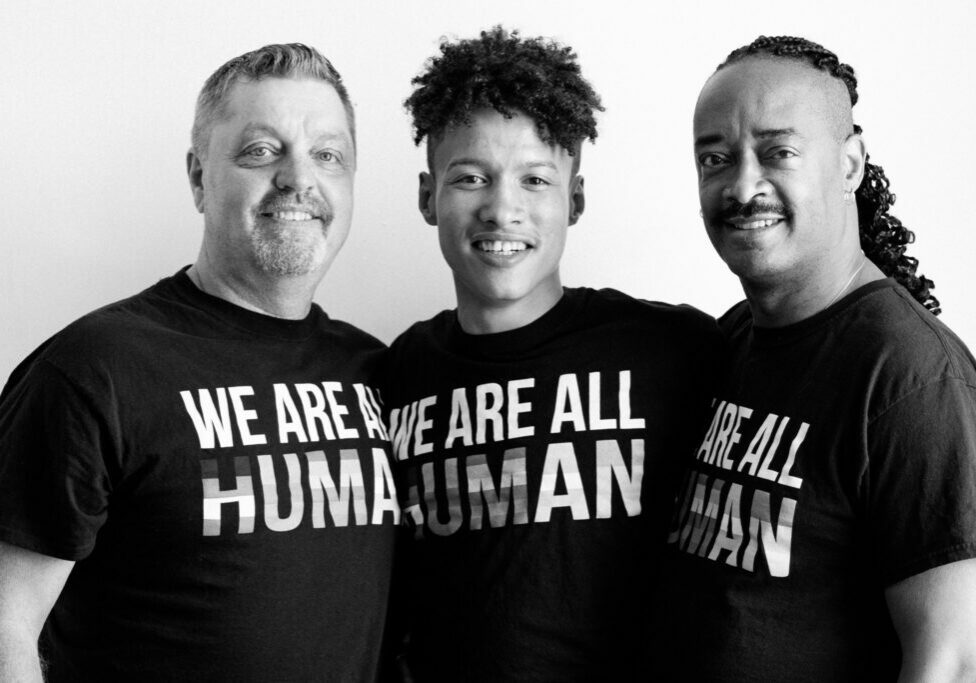By Kate Okeson with Amy Moran, Ph.D.
In this month’s “Rainbow Connection,” Amy spent time with Essex County’s representative to the NJEA Sexual Orientation and Gender Identity Committee, Micah Gary-Fryer, discussing how he brings many facets of his identity to his pedagogy. Because there is so much more than can fit in this column, we invite you to spend a little more time with Gary-Fryer and check out companion artifacts and resources on this month’s QR code.

Who is Micah Gary-Fryer?
He arrived in Willingboro as a 10-year-old boy in the summer of 1970 after having lived in Texas, Massachusetts, and Germany (twice!) with his military family. No longer on a military base, Gary-Fryer attended public school where he was bullied—by some students and even by teachers—for what they perceived as his femininity.
Unlike today, where we understand and affirm the range of gender identities and expressions of our students and colleagues, in the same state that now has some of the strongest laws against harassment, intimidation, and bullying (HIB) in the nation, no intervention was done to eliminate or curb the bullies’ behaviors. Instead, to his great shock and crushing disappointment, Gary-Fryer was transferred out of the class in which students were bullying him and placed in a class with a more experienced teacher with better behavior management skills.
This betrayal by his school community—and the rearrangement of the victim’s circumstances, rather than the extinguishing of the bullies’ behaviors—stays with Gary-Fryer to this day, informing him about schools as sites for social justice work.
Gary-Fryer’s education in New Jersey didn’t stop with his unfair treatment in fifth grade. Earning a bachelor’s degree in sociology from Rutgers in 1984 where he was a fraternity member and a cheerleader, the course “Social Inequality” helped Gary-Fryer understand power dynamics among social groups in our nation and helped him understand possibilities for queer people. His Bachelor of Fine Arts degree in dance (1990), would launch the next phases of his career and would be the time in life when Gary-Fryer—then Michael David Gary—came out to himself as a gay man.
Later that year, Gary-Fryer formed his dance company, Acrodanse Theatre, which won the McDonald’s Gospel Fest (also twice!) and joined the New Jersey Gay Men’s Chorus, in which he sang for over a decade. His 1998 HIV+ diagnosis was a crushing blow, but he continued running his dance company until 2005. The next year, everything changed. Use the QR code to read the rest!

Black History Month
For Gary-Fryer, the significance of Black History Month has changed over the years. Black History Month wasn’t celebrated when he was in high school—which he reminds his students of—and it didn’t make sense to him until the 1990s “when Afrocentrism finally became posh. Before that, it was considered radical.”
As a child of the ‘60s, Micah remembers the rebellious fashions of a ‘hippie nation’—the dashikis and bell bottoms—but didn’t understand that when his dad returned from Vietnam and they were listening to Jimi Hendrix, the Supremes, and The Jackson 5, that “we were living Black history!”
Certainly, Black power was there, but it seemed to be on the fringes of American culture. There were famous Black public figures such as Sydney Poitier and Diane Carrol, but it wasn’t until the ‘90s that African garb was seen in churches, there were events centered on African American culture and heritage, and Kwanzaa became mainstream.
In the last five years or so, Gary-Fryer felt something telling him to rekindle the spirit of those who fell from HIV/AIDS. That was Black history that he was feeling called to portray. So in February of 2019, Gary-Fryer created a presentation for Essex County Education Association (ECEA) in which he presented himself as an HIV survivor, he paid homage to those who were lost, and he described how the Black community suffered—straight, cisgender and LGBTQIA+—from lack of support, medication, and other life-sustaining interventions. See QR code for more!
Intersections of Black history and queer visibility in schools
Once, Gary-Fryer recalls, only white, straight, cisgender culture determined what media was available. In the past, queers were always the joke. The role of “Geraldine” played by Flip Wilson, for example, gave audience members the excuse to laugh at queer culture. Queer culture was there, at that time, but not through a positive framing. What was shown on TV—mockery of femininity in people assigned male at birth—was played out in Gary-Fryer’s life as a fifth-grader when his feminine-seeming mannerisms were considered to be out of line, but his tormentors’ bullying wasn’t.
Gary-Fryer feels—at this particular time in history—that the queer community is more adept at integrating its Black community members than the Black community is at integrating its queer members. Many groups are reaching to queer culture to learn from it and support its expansion. Black queer culture’s history, theater, songs, and artists are bringing that intersection to the forefront—which Gary-Fryer relishes—but it needs to be intentionally manifested, he says. Fortunately, web-based and multimedia streaming allows us to take it into classrooms easily.
“The Laramie Project,” though about the murder of a young white gay man in Wyoming, is ever-relevant, Gary-Fryer says. The people who murdered Matthew Shepard continue serving their consecutive life sentences. He seeks to teach students that doing harmful, stupid stuff will forever alter kids’ lives, and that working to keep queer people safe and LGBTQIA+ liberation helps all of society.
Justice-centered, interdisciplinary curriculum: Synthesizing visual and performing arts
In 2018, the third year of Trump’s presidency and at a time when the Movement for Black Lives was coalescing around George Floyd’s murder, Gary-Fryer perceived our culture as having elements of a ticking timebomb. Along with the theater teacher at his school, Brenda Pepper, (whom he considers his “work wife”), Gary-Fryer co-developed a course called “Integrated Arts for Social Justice” which took the best parts of their separate curricula and rewrote them to infuse a social justice lens.
Using lessons learned from participation in Poetry Out Loud (a national arts/poetry program that offers free educational materials and a dynamic recitation competition—in which Gary-Fryer’s students frequently participate with rave reviews!) and NJPAC’s “City Verses” (a program of workshops and performances that synthesize poetry and jazz), Gary-Fryer and Pepper asked students what they stand for. From there, students were asked to identify a movie based on that theme, which ranged from the Black experience, the Latinx experience, the LGBTQIA+ experience, women’s issues, concerns that center on religion, and more. Continued on QR code.
Vision for LGBTQIA+ Progress in NJ public schools
His generation, Gary-Fryer says, needs to leave young people something that empowers them to deepen and expand their potential for liberation. We need to lift young people by supporting them as they find their voices and provide them a platform for amplifying their messages.
Thanks to the LGBT curriculum inclusion mandate, teachers across content areas are charged with supporting queer youth by reflecting queer culture in their classes and giving queer students and their straight/cisgender peers the platform to try out new ideas.
Gary-Fryer also finds that the support of administrators in this work is invaluable. His own superintendent, James Pedersen, has been supportive of Gary-Fryer in crucial ways that also set the tone for school administrators and colleagues to share the queer-positive diversity, equity, and inclusion initiatives that Gary-Fryer’s pedagogy embodies. While the state’s HIB laws are important for delineating what is (and is not) acceptable in schools, Gary-Fryer reiterates that local administration needs to recognize the nonnegotiable importance of supporting queer teachers and students.
Black History = American History = LGBTQIA+ History!
Use the QR code to see this month’s listed resources!
Yearbook Tips!
Are you involved in your school’s GSA? Now is the time to get queer content to your school’s yearbook editors to be included in this year’s 2021-22 yearbook! Use the QR code for a how-to!
Visibility Matters – In Media!
See QR code for this month’s book recommendations!

Find additional resources and book titles through this “Rainbow Connection” QR code resource link.
